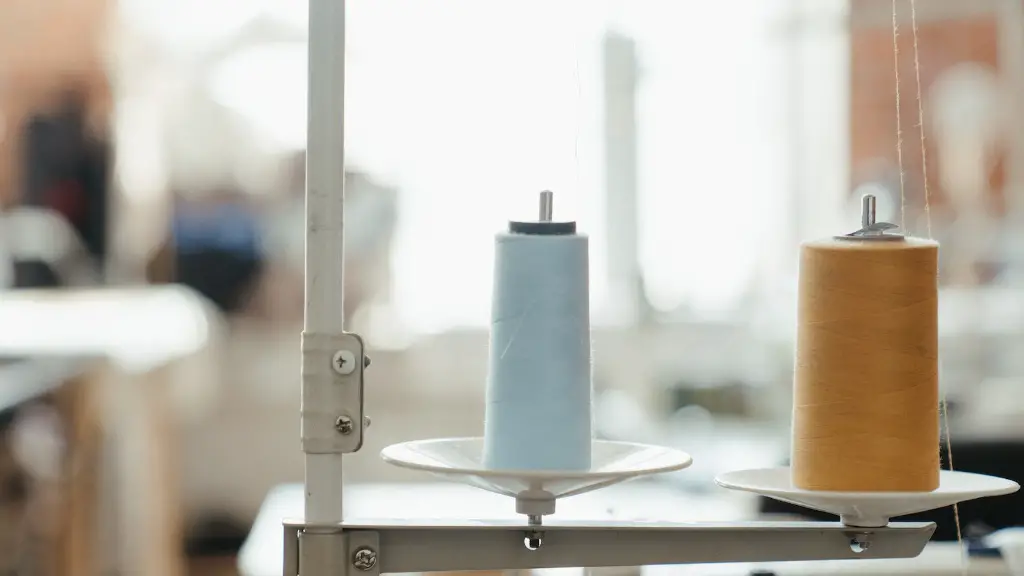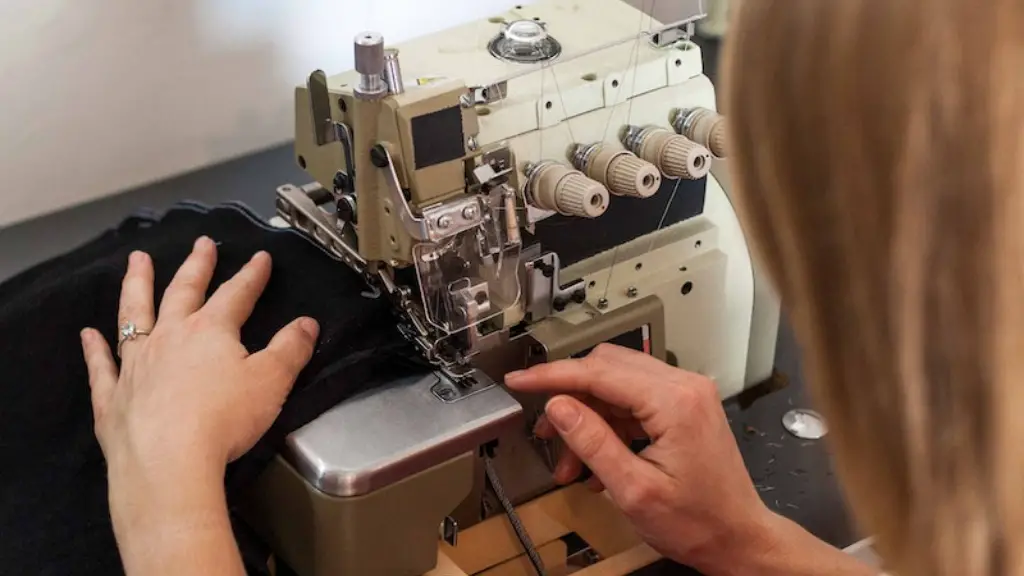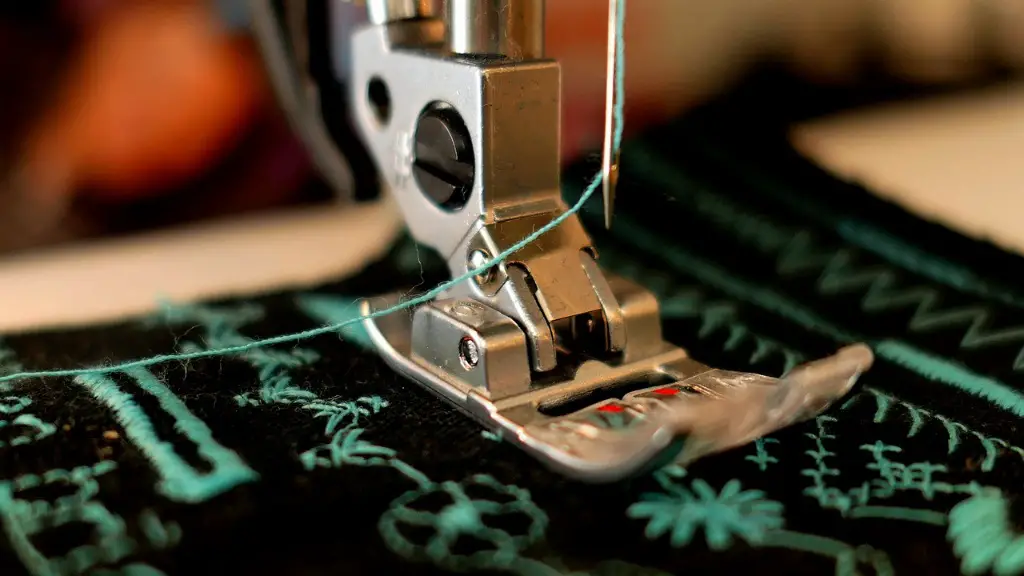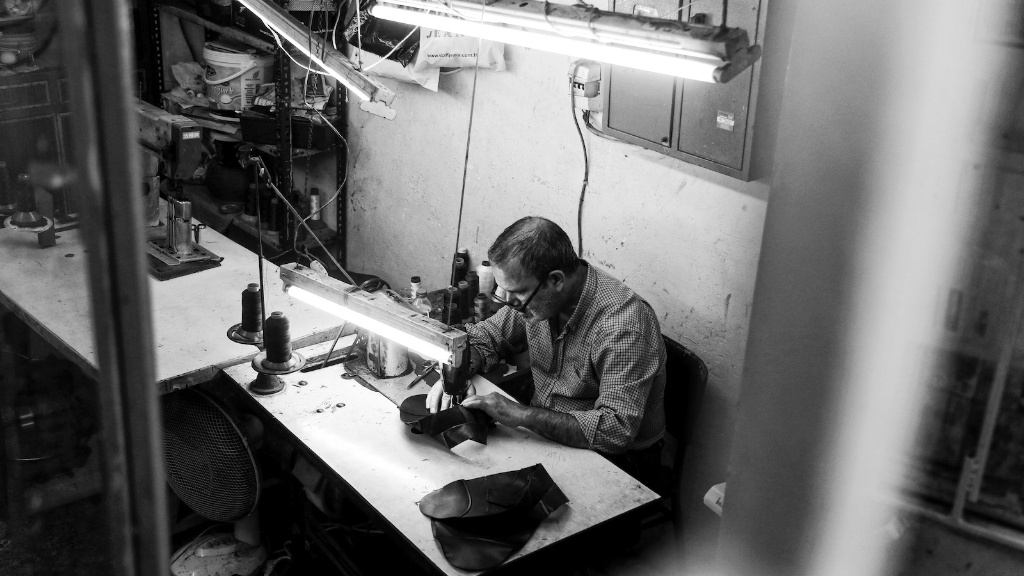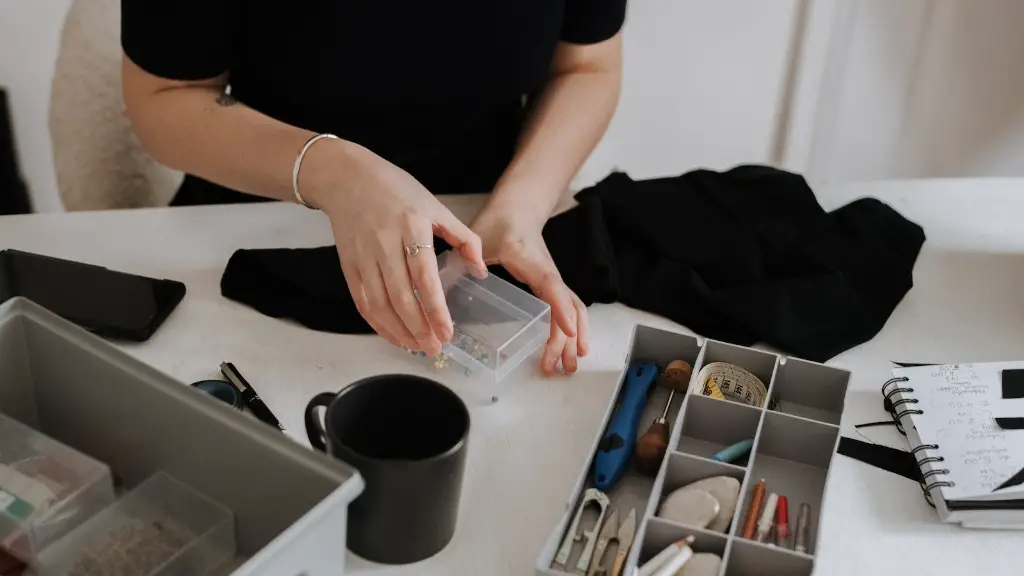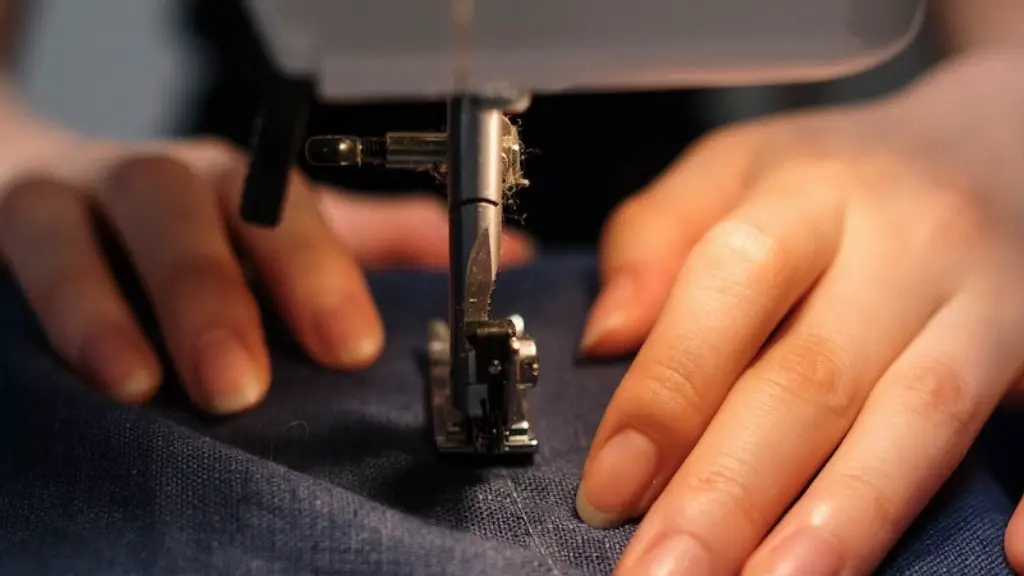Wigs are a popular fashion accessory – they can help to give people confidence, conceal hair loss, or just add a touch of fun and individuality to an outfit. Sewing machines can be used to make custom-fitted wigs, allowing the user to accessorize in any way they choose. But before making a wig, it’s important to know the right steps and materials.
The first step is to decide what size and shape of wig is needed. Different materials, such as human hair and synthetic hair, come in many shapes, sizes, and lengths. The material should be chosen based on its ability to accommodate the desired style. After selecting the material, it’s then important to measure the head size in order to determine how much material will be needed. At this stage, it’s also important to consider the hair type, texture, density, and curl pattern.
Once the size and material are decided, the user will need to buy the materials and create a headblock. A headblock is a foam head that is used to form and shape the wig. This can be purchased from a wig-making supplier and is usually covered with a foraminous substance, such as velvet or satin. Depending on the material, the user may need to braid or sew the wig extensions in place.
Now that the materials are ready, it’s time to mark where the wig will be sewn. This can be done by pinning the material onto the headblock and marking the areas. Once the material is marked, it’s time to use the sewing machine.
When using a sewing machine, it’s important to make sure that the stitches are evenly spaced and that the tension is not too tight. Otherwise, the wig will be difficult to wear. The user should also experiment with different stitches, such as a straight stitch, cross-stitch, or a half-stitch, depending on the material and the design. After the wig is sewn, it’s important to trim it and make sure that the wig fits correctly on the headblock.
Finally, the user must attach combs or elastic bands to the wig to secure it in place. Combs should be sewn in with a zigzag stitch, while elastic bands can be threaded through the wig cap and sewn in place. Once the combs and elastics are in place, the user can style the wig as desired.
Maintenance and Storage
Once the wig is ready, it’s important to take steps to ensure that it lasts. Proper wig-care is essential in order to maintain the look and feel of the wig. This includes cleaning and styling the wig on a regular basis, as well as storing the wig in a cool, dry place when not in use. This will help keep the wig looking fresh and new for longer periods of time.
It’s also important to use quality products on wigs in order to avoid damage from harsh chemicals. Natural hair products, such as shampoos and conditioners, should be used to clean the wig and keep it looking its best. Heat protection products should also be used when styling, as this will help to prevent breakage.
Finally, using the right styling tools is essential in order to avoid damage to the wig. Heat styling tools, such as a curling iron or a flat iron, should never be used on wigs as they can cause damage. Instead, it’s best to use styling tools that are specifically designed for use on wigs.
Troubleshooting
Even with proper care and maintenance, wigs may experience problems over time. Tangles and knots, which can lead to breakage, are a common problem. The best way to prevent this is to brush the wig on a regular basis and be careful to not sleep or swim in the wig.
If the wig does become tangled or knotted, the user should use a wide-toothed comb to gently comb out the tangles, starting from the bottom and working their way up. Avoid using a brush on wigs as this can cause breakage. If the wig is excessively tangled, it’s important to seek professional help.
In addition, if the wig is too tight or too loose, it can be adjusted using the elastic bands or combs. By pulling and loosening the elastic bands or combs, the user can adjust the fit of the wig. However, if the wig is still not fitting properly, professional help can be sought.
Accessorizing
Once the wig is ready, it can be accessorized to achieve the desired look. Different accessories, such as hats, scarves, veils, and ribbons, can be used to create unique and stylish looks. Accessories can also be used to conceal the wig if desired.
In addition, the user can use scalp adhesives or glue to attach the wig to their head for a more secure fit. This can be especially helpful for long-term wear. Care must be taken when using these adhesives, however, as they can cause damage to the hair and scalp if not used correctly.
Finally, for added flare, the user can add rhinestones, feathers, or other decorations to the wig. These can help to create a one-of-a-kind look that is sure to turn heads.
Coloring and Dying
One of the great things about wigs is that they can be dyed or highlighted if desired. This can help to create a unique look or can be used to cover grey hairs. It’s important to note, however, that dyeing or highlighting a wig can be tricky as the results may be unpredictable.
When dyeing a wig, the user should first use a wig dye that is specifically designed for wigs. The dye should be applied according to the manufacturer’s instructions to avoid damaging the wig. Once the desired color is achieved, it’s important to rinse the wig thoroughly and condition it.
In addition, the user may want to consider highlighting the wig. This can be done using a highlighting kit, and the user should be sure to follow the directions carefully in order to achieve the desired results.
Finally, if the wig is too light or too dark, the user can use hair tints or semi-permanent dyes to adjust the shade. These dyes will not damage the wig and will wash out over time.
General Care Tips
In order to keep a wig looking its best, it’s important to give it the proper care. Wigs should be washed every 3 to 4 weeks or after every 8 to 10 wears, depending on how often the wig is worn. A mild shampoo is best for washing the wig, as harsh shampoos can damage it.
Once the wig is washed, it’s important to condition it with a leave-in conditioner. This should be done every time the wig is washed and will help ensure that the hair stays soft and shiny.
Finally, it’s important to air-dry the wig after washing it. Do not use a hair dryer or any other heat-styling tools to dry the wig, as this can cause damage. Instead, the user should let the wig air dry naturally.
Conclusion
Making wigs with a sewing machine can be a fun and creative way to accessorize. By following the right steps and using the proper materials, the user can create a unique and stylish wig that will help them express their individual style. With proper care and maintenance, the wig will last for many wears and can be a great addition to any wardrobe.
